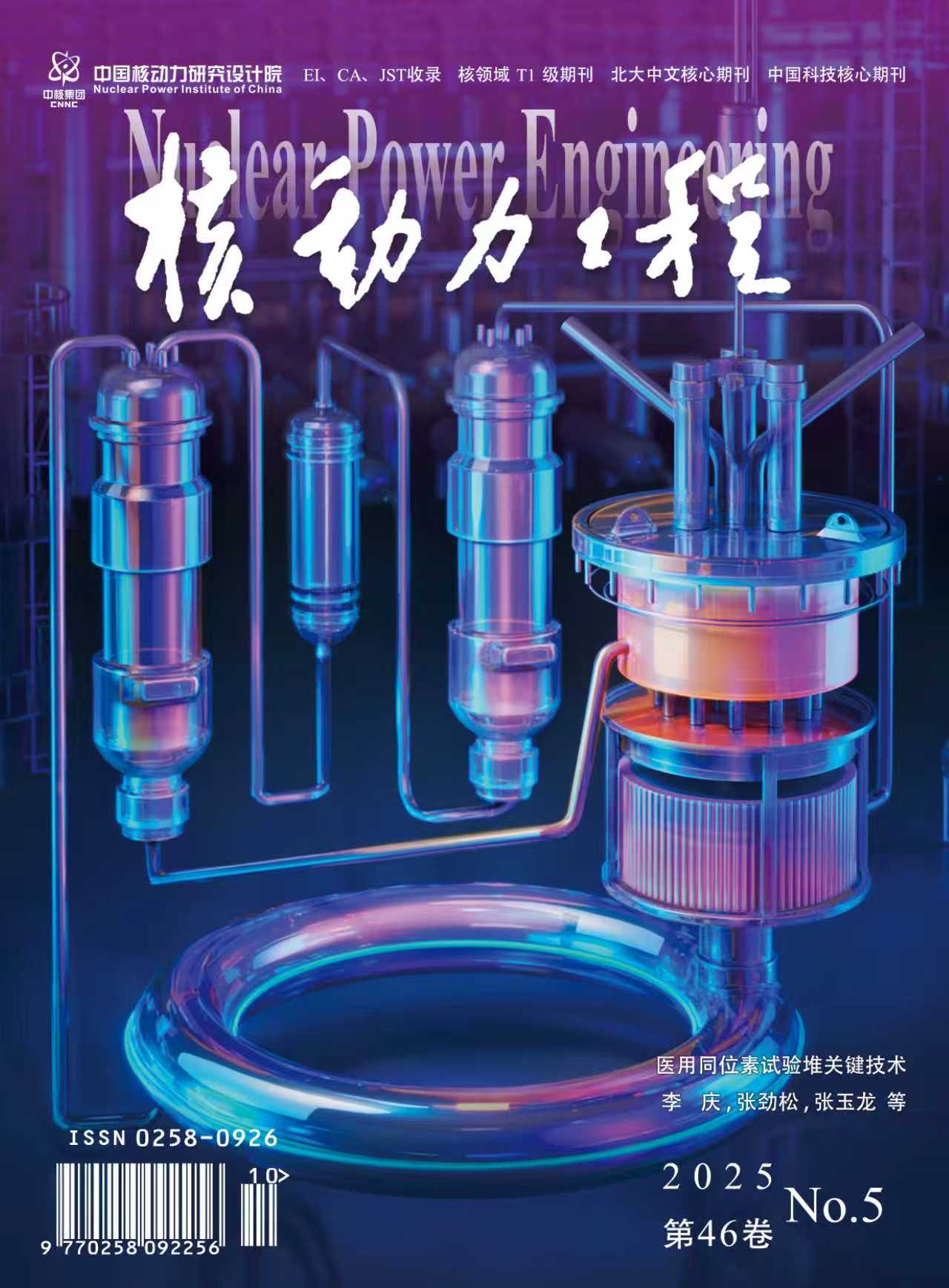2004 Vol. 25, No. 6
Display Method:
2004, 25(6): 481-484,504.
Abstract:
2004, 25(6): 485-488,521.
Abstract:
2004, 25(6): 489-493,516.
Abstract:
2004, 25(6): 494-498,513.
Abstract:
2004, 25(6): 499-504.
Abstract:
2004, 25(6): 505-508.
Abstract:
2004, 25(6): 509-513.
Abstract:
2004, 25(6): 514-516.
Abstract:
2004, 25(6): 517-521.
Abstract:
2004, 25(6): 522-524,533.
Abstract:
2004, 25(6): 525-528.
Abstract:
2004, 25(6): 529-533.
Abstract:
2004, 25(6): 534-537.
Abstract:
2004, 25(6): 538-541.
Abstract:
2004, 25(6): 542-545.
Abstract:
2004, 25(6): 546-549.
Abstract:
2004, 25(6): 550-554,570.
Abstract:
2004, 25(6): 555-558.
Abstract:
2004, 25(6): 559-561,570.
Abstract:
2004, 25(6): 562-566.
Abstract:



